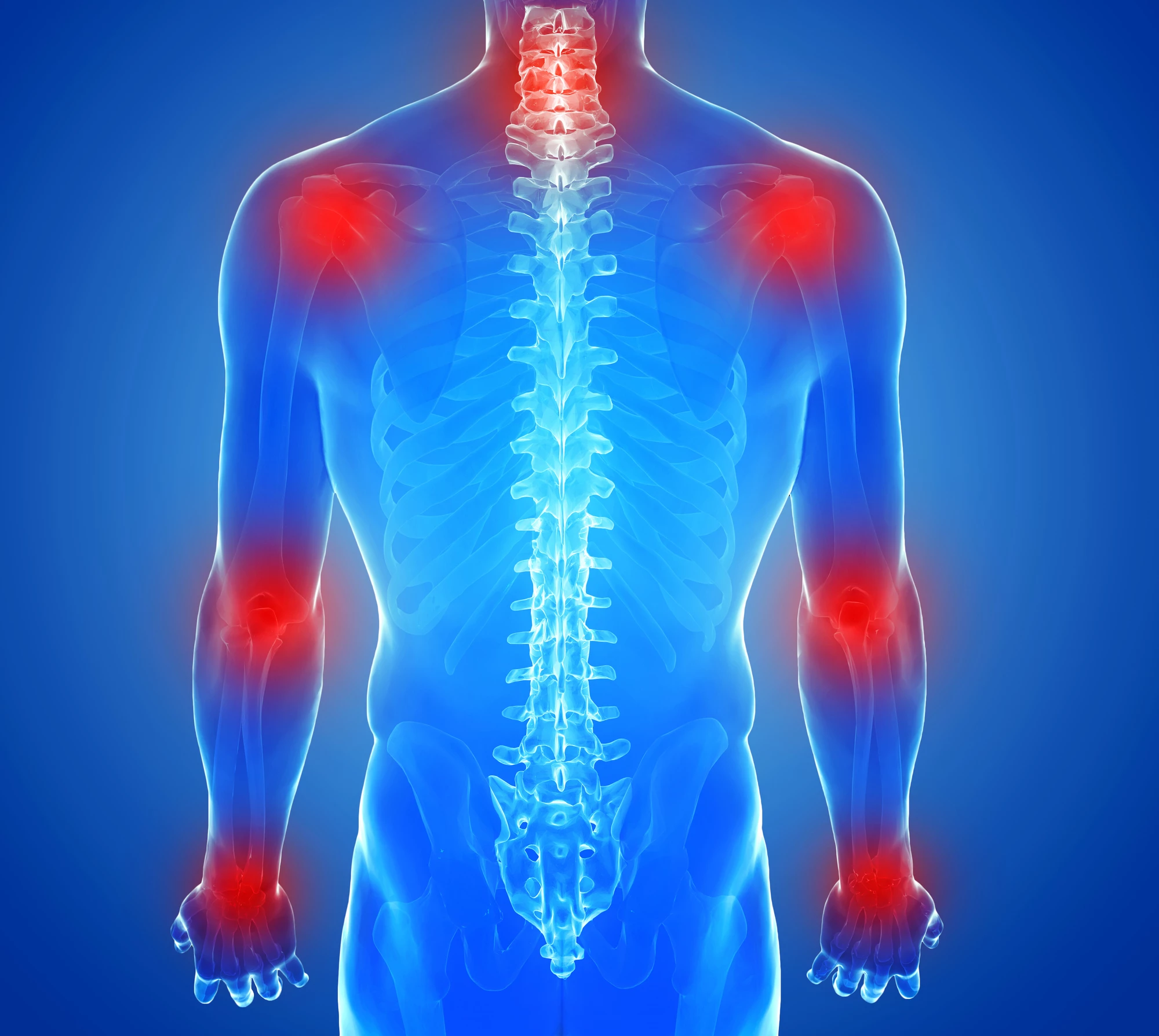As the underlying cause of rheumatoid arthritis and other autoimmune disorders, there is considerable interest in deepening our understanding of chronic inflammation and the way it takes hold in the human body. Shedding new light on this is a new study from scientists in Japan and the US, who have identified a form of inter-neuron communication as a key mechanism in the way inflammation spreads between joints in conditions like arthritis.
Led by scientists at Japan's Hokkaido University, the work began with a function of the immune system called the gateway reflex. This concerns the ability of neural signals to alter the state of specific blood vessels, which through previous research has been shown to allow immune cells to enter tissues and cause local inflammation.
This is a normal, healthy immune response, in which immune cells are deployed when a threat such as an infection is detected in the body. But excessive inflammation, where this process is exaggerated and uncontrolled, is associated with many conditions, including hay fever, psoriasis and inflammatory bowel disease.
In rheumatoid arthritis, one such condition that mostly affects the joints, this inflammation is capable of spreading from one joint to another. Earlier research has shown that this is facilitated by neural circuits, but how exactly has remained a mystery. To delve further into the idea that neuron crosstalk could be behind this form of inflammation spread, the scientists turned to rheumatoid arthritis models in mice.
The team interrupted the sensory neural circuits between the left and right ankle joints in the rodents, and then induced arthritis in the left ankle to see what happened. By studying a control group of mice with uninterrupted sensory neural circuits, the team was able to show that the inflammation spread from the left to right ankle through a sensory neuron connection in the spinal cord. This led to an increase in a molecule called adenosine triphosphate (ATP) in both joints, which acts an inflammation enhancer.
The researchers note that the process was only identified in mice and it remains to be seen whether the same mechanism is at play in humans. Promisingly, however, the team was able to block the pathway to prevent the spread of inflammation in the animal models, indicating that if these results can be replicated in human subjects they could lead to effective new treatments.
The research was published in the Journal of Experimental Medicine.
Source: Hokkaido University




